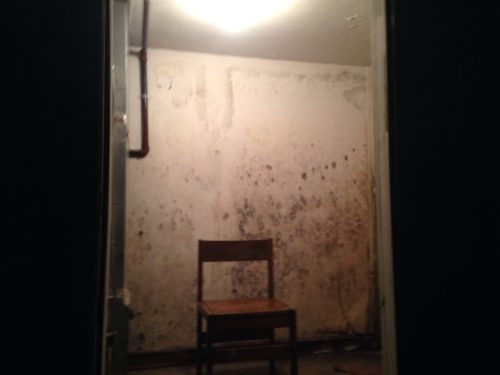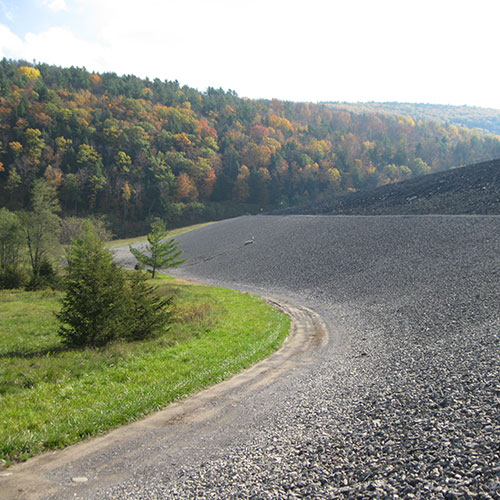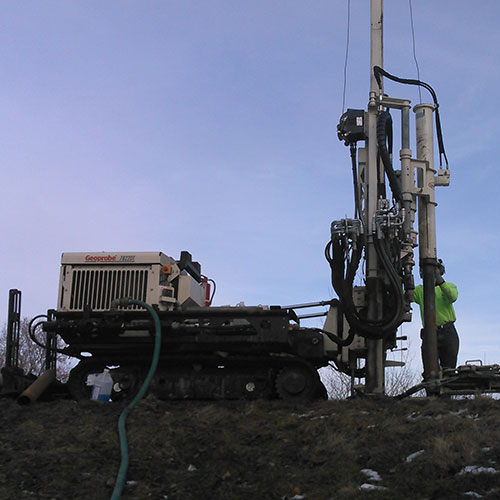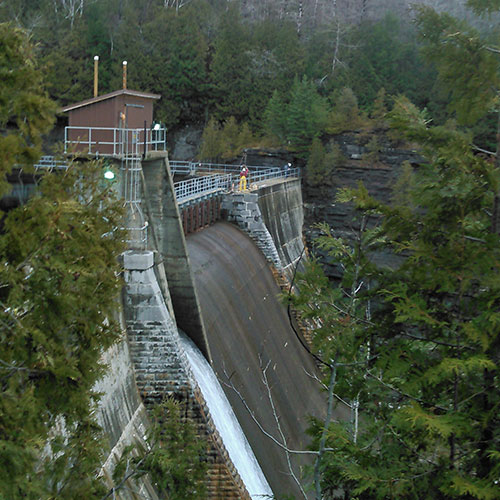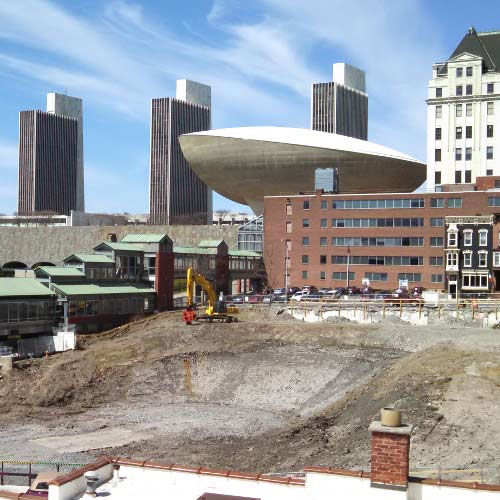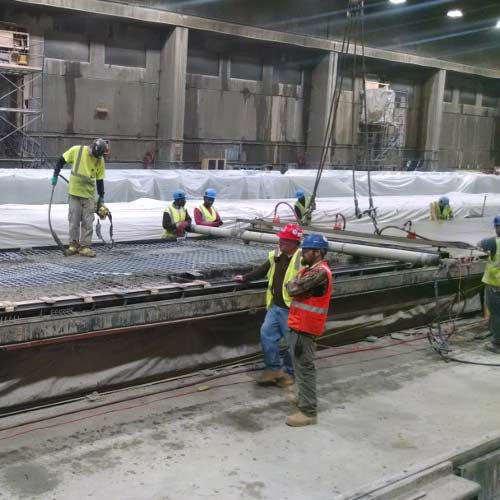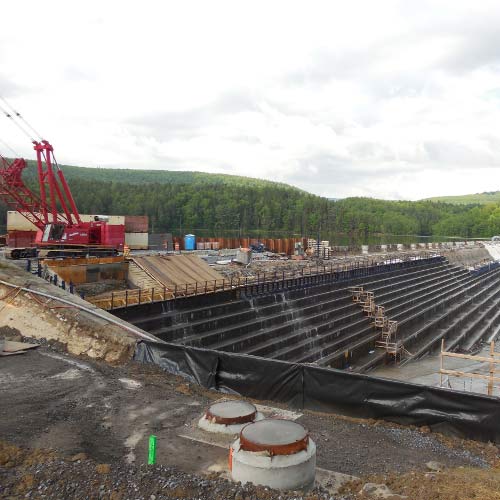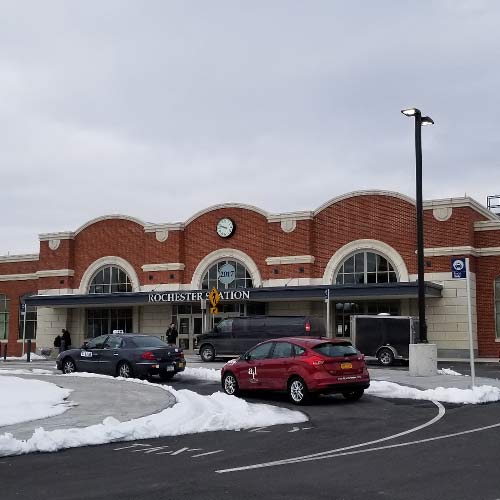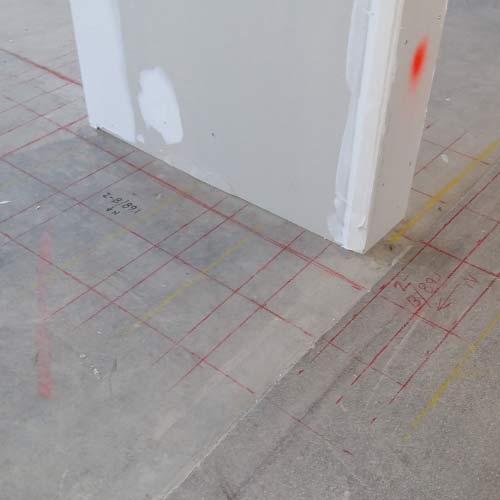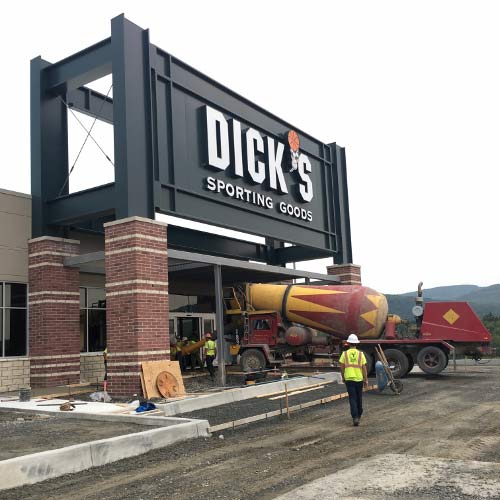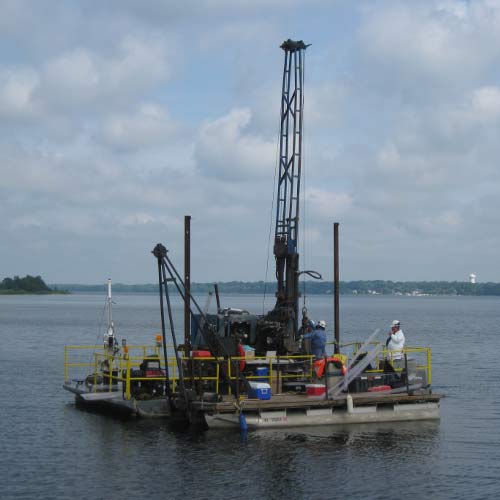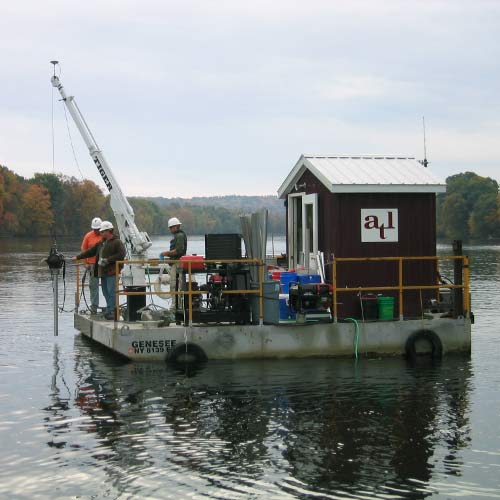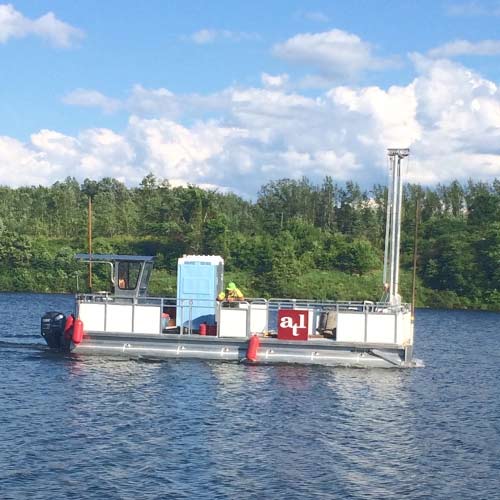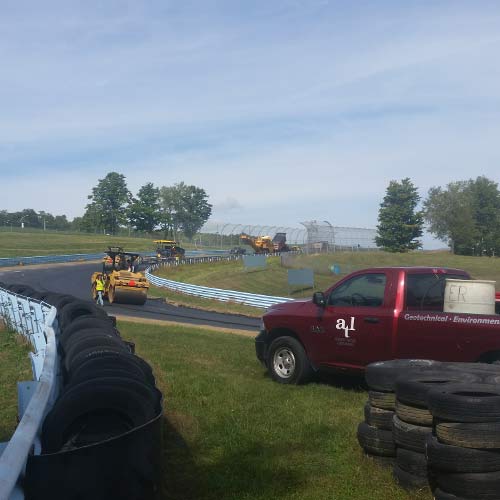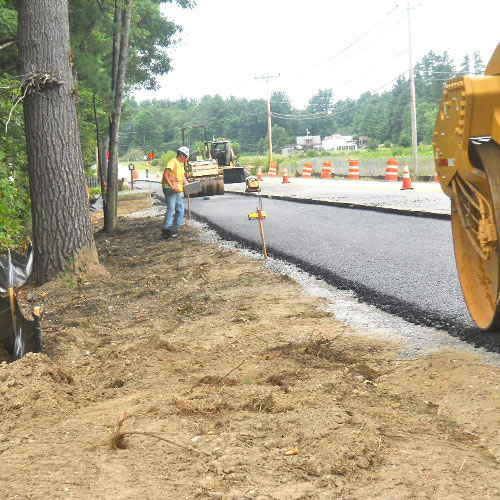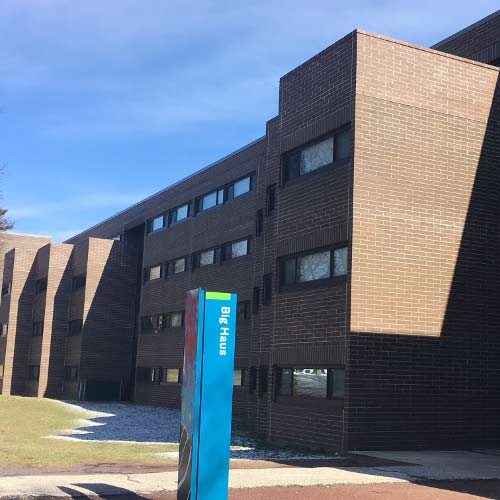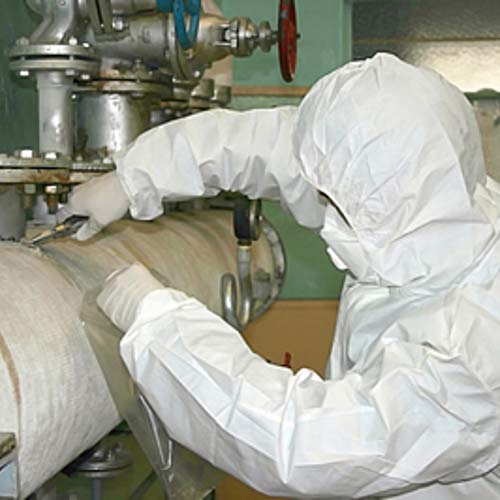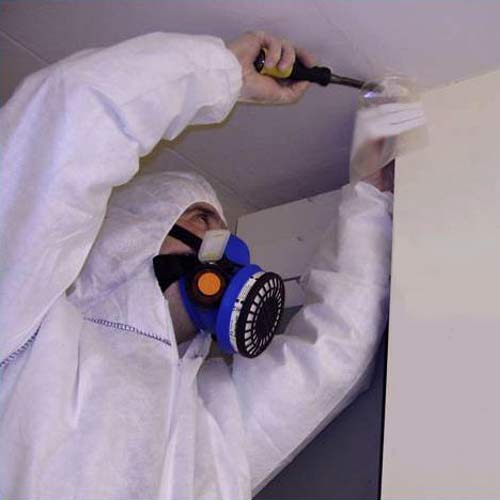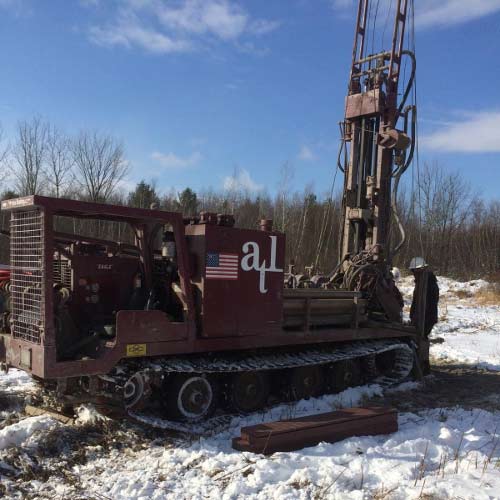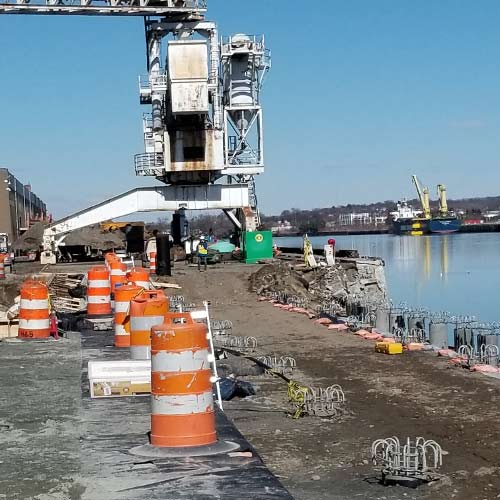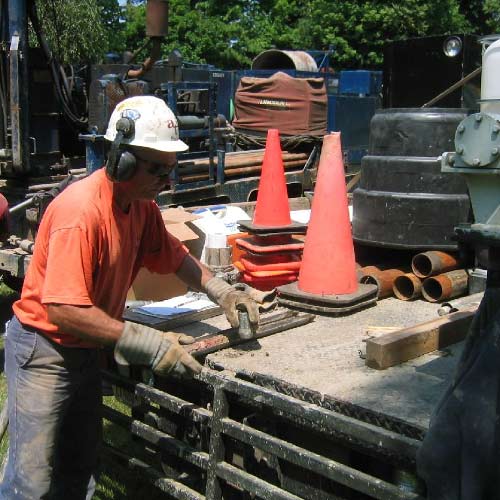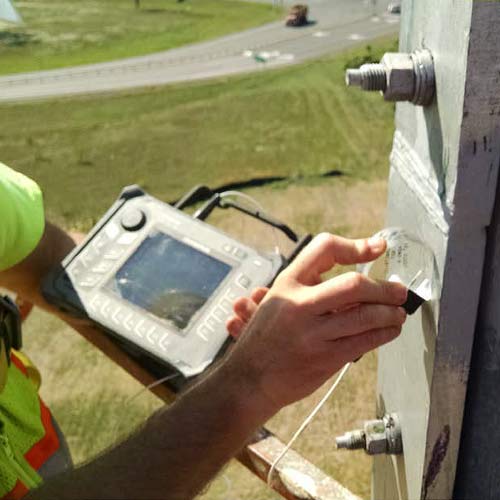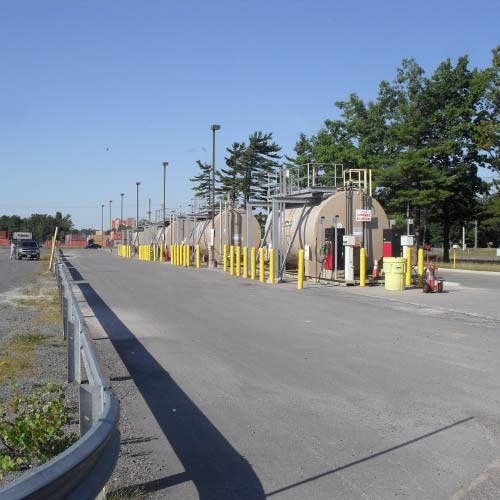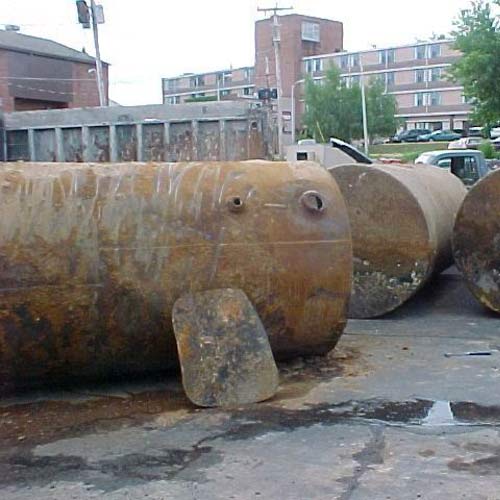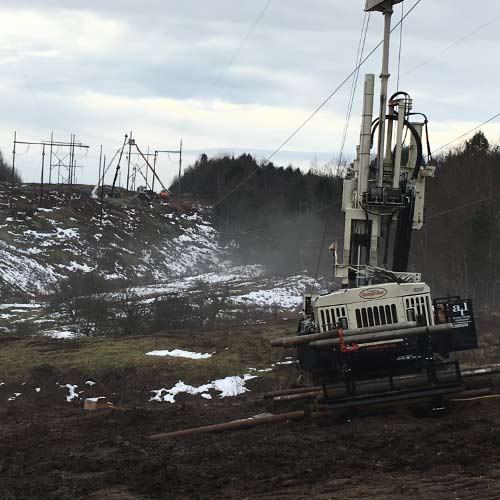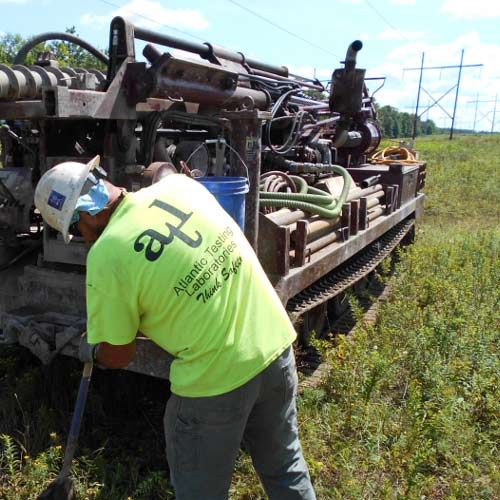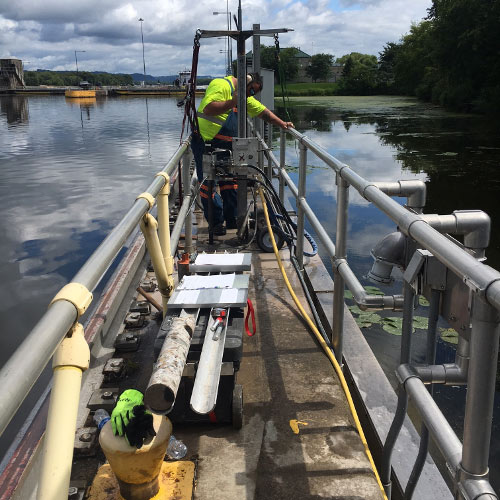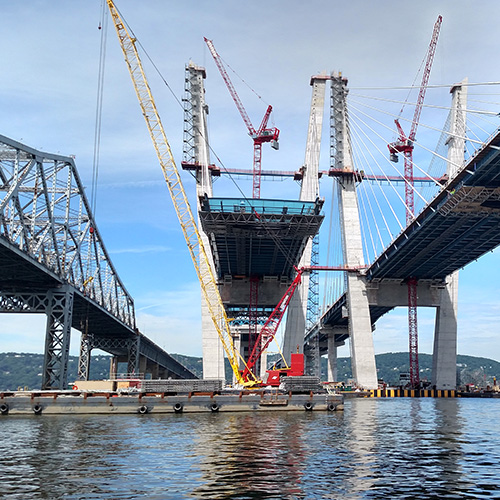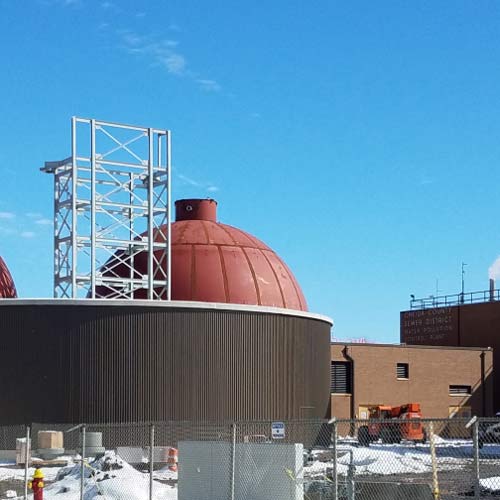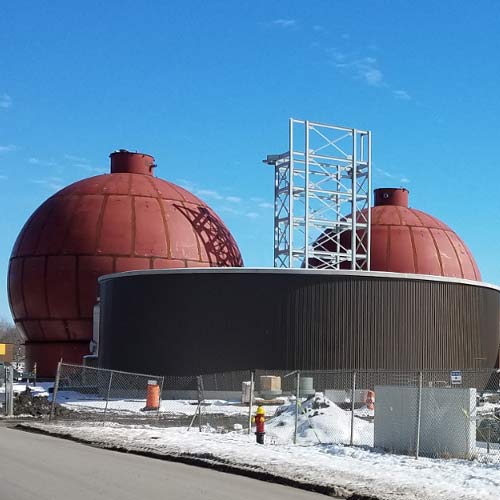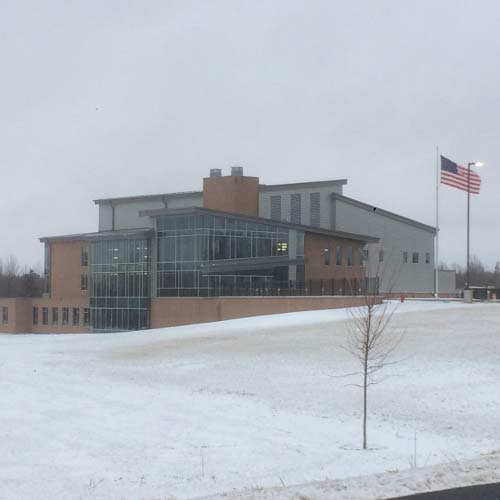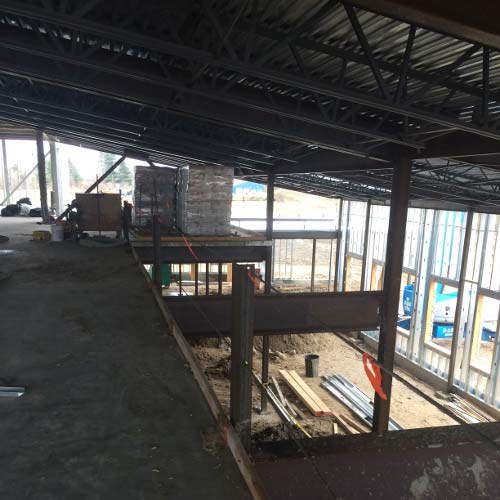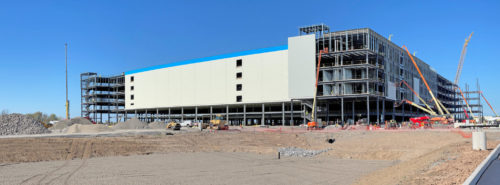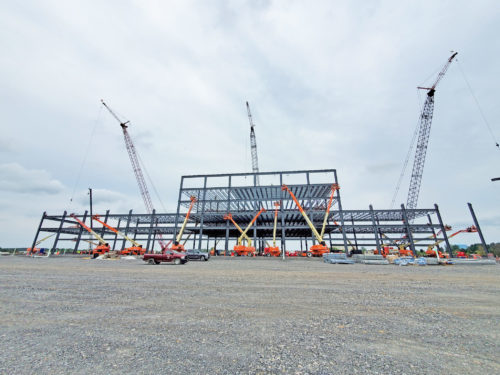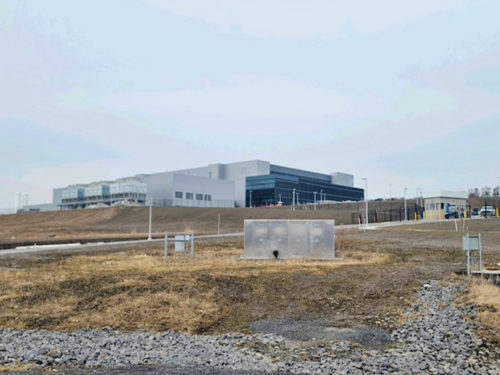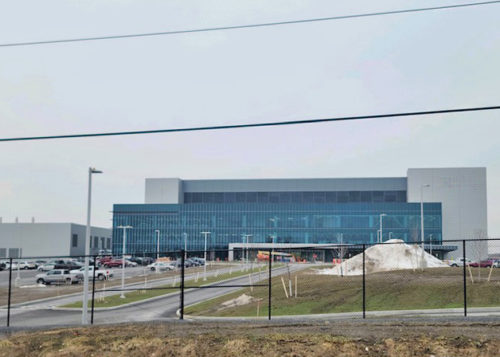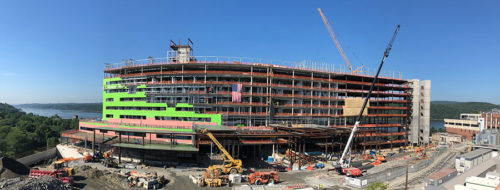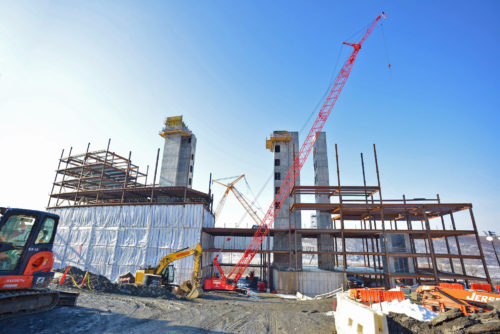Click the following link to view the PDF of this paper: Mold in Basements
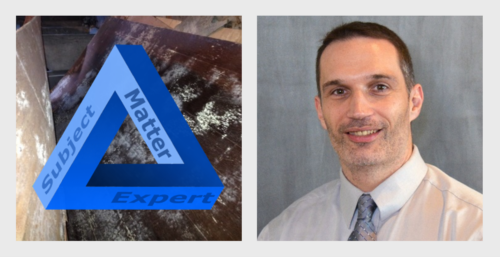
Cheyenne J. Dashnaw, PE
Senior Engineer
Atlantic Testing Laboratories
Basements can be highly susceptible to mold growth if not suitably constructed, finished, and maintained. Basements are predominantly subterranean with exterior walls in direct contact with water. Even if the groundwater table is below the elevation of the basement floor, drainage from precipitation and the propensity for surrounding soil to hold moisture will continually yield the potential for entry of water and moisture into the adjacent basement area. Furthermore, materials used for construction of basement foundation walls (e.g., concrete, concrete masonry unit, stone) are not entirely impermeable. Different phenomena that will allow transfer of moisture through foundation walls and basement floors include capillary suction, vapor diffusion, and stack effect. Regardless of how water or moisture enters a basement area, the presence of damp or wet conditions could lead to a mold issue.
Aside from direct transfer of water and moisture from the surrounding exterior, mold concerns related to basement construction could be attributed to limited conditioning of the space and air flow. During warmer periods of the year, a basement will tend to have surface temperatures cooler than the outdoor air. If a basement is not well conditioned, warmer, humid air entering the basement can condense onto cooler surfaces and result in damp conditions that could promote mold growth. Insufficient air exchanges will compound these conditions as damp surfaces will not dry promptly.
In addition to exterior water/moisture and ambient air conditions of a basement, the building system components in a basement area can also lead to an increased risk of mold-inducing conditions. Water pipes could have leakage or condensation, sanitary drainpipes could leak, and HVAC equipment could have standing water in condensate pans. Basements may also be constructed with perimeter drains and/or sump pits that are not fully sealed. Furthermore, as the lowest section of a building, any leaks or flooding from floors above may find a pathway to the basement area, thereby providing another route for water/moisture and possible mold impacts.
Effectively controlling or eliminating conditions that are favorable to water/moisture infiltration in a basement can be a daunting task. It is most ideal to implement water/moisture control measures at the time of construction, which may include installation of waterproofing and vapor barrier mechanisms, foundation drainage systems, appropriate insulation, and air conditioning and dehumidification. Similar methods can be implemented post-construction, albeit the process becomes more difficult, especially if work must be performed from the exterior or behind interior finishes.
Renovation activities in a basement space should be carefully planned to avoid exacerbating conditions that may promote mold growth. Prior to renovating a previously unfinished basement space, the area should be evaluated during different seasons to assess conditions and determine areas of concern that will require mitigation prior to installation of new finish materials. Appropriate construction methods, such as pressure-treated lumber in direct contact with concrete slabs, gaps between sheetrock and concrete slabs to avoid wicking of moisture, insulation on pipes to control condensation, application of sealants for cracks, and wall/ceiling panels to allow access for inspection of water and drainage pipes, should be considered. Additionally, building materials should be appropriately selected. For example, carpets should be avoided as this type of material directly on a concrete slab will absorb moisture coming through the slab and will provide an optimal food source for mold to thrive.
If it is suspected that a basement area may be affected by mold, a thorough assessment should be conducted to evaluate existing conditions and identify sources and/or pathways of water/moisture. Areas should be visually inspected to observe building materials, building system components, and items that commonly contribute to mold issues. Other tools that may be advantageous for an assessment include a moisture meter for testing moisture content on building materials, a hygrometer for testing humidity, a borescope for accessing wall/ceiling cavities, and a thermal camera for evaluating surface temperature gradients.
If you have a project with known or suspect mold, ATL, a WBE certified company, has environmental professionals located throughout New York State who can perform assessments, develop plans and specifications for removal, and provide remediation monitoring.
For more information, contact Cheyenne Dashnaw, PE at 315-386-4578, info@atlantictesting.com, or visit AtlanticTesting.com.
|
ASSOCIATED SERVICES |
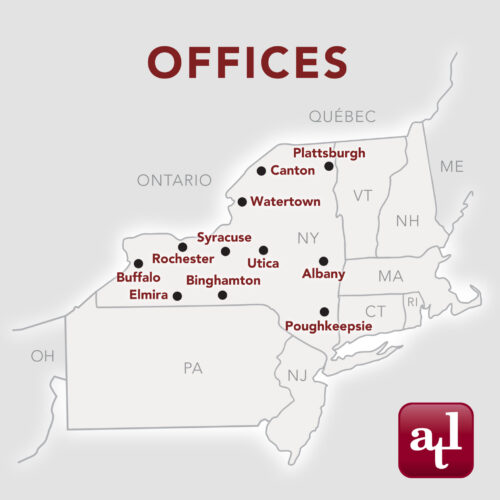 |

